For those who have ever indulged in the sweet, fluffy goodness of traditional Mexican bread, the question often arises: what makes these delicious treats so unique? With its rich history and diverse array of flavors, Mexican bread has become a staple in many cultures around the world. From the iconic Conchas to the sweet and crumbly Pan Dulce, there’s a type of Mexican sweet bread to suit every taste. But what sets these breads apart from their European counterparts, and why do they hold such significance in Mexican culture?
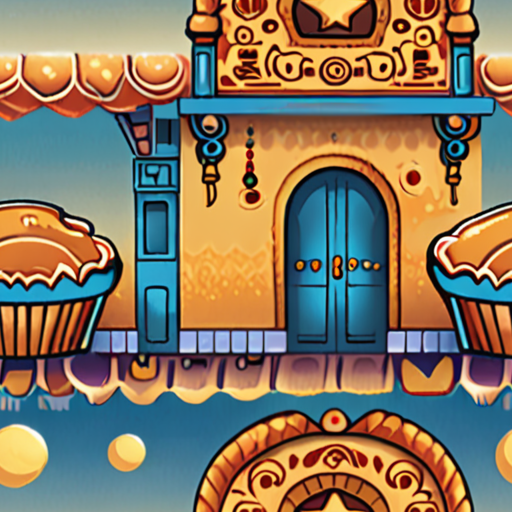
Traditional Mexican Sweet Bread Rolls
Also known as pan dulce, conchas are a type of sweet bread roll originating from Mexico.
- The name “concha” translates to “shell” in Spanish, referring to the rolls’ distinctive seashell-like appearance.
- These sweet bread rolls typically consist of a soft, fluffy interior topped with a crunchy sugar coating.
- Conchas are often enjoyed as a breakfast or snack item, paired with coffee or hot chocolate.
- In Mexico, conchas are a staple in many bakeries and households, with various regional variations and flavor combinations.
Types of Conchas
There are several types of conchas, each with its unique characteristics and flavor profiles:
- Cinnamon Sugar Conchas : These classic conchas feature a cinnamon-sugar topping and a warm, comforting aroma.
- Chocolate Conchas : For chocolate lovers, these conchas are topped with a rich, dark chocolate glaze and sprinkled with chopped nuts.
- Strawberry Conchas : A sweet and fruity variation, strawberry conchas are topped with a strawberry glaze and sprinkled with dried strawberries.
- Pistachio Conchas : These conchas feature a vibrant green color and a nutty pistachio flavor, perfect for those looking for a unique twist.
Baking Conchas at Home
While conchas can be found in many bakeries and stores, making them at home is a fun and rewarding experience.
- Select a high-quality yeast and let it activate before mixing the dough.
- Knead the dough until it becomes smooth and elastic, then let it rise in a warm place.
- Shape the dough into balls and flatten them slightly, creating the characteristic concha shape.
- Topping options can vary depending on personal preference, but common toppings include cinnamon sugar, chocolate glaze, and chopped nuts.
With practice and patience, anyone can create delicious conchas at home, perfect for sharing with family and friends or enjoying as a special treat.
Keeping Mexican Bread Soft
At Panito Mole, we understand the importance of preserving the freshness and softness of our beloved Mexican bread.
- One effective method is to store bread in a paper bag:
- This allows air to circulate around the bread, preventing moisture buildup and keeping it soft.
- Simply place the bread in a paper bag and seal it loosely to maintain humidity control.
- Another approach is to use a bread keeper or a container with a tight-fitting lid:
- This helps retain moisture and keeps the bread fresh for a longer period.
- You can also store bread in a plastic bag or wrap it in aluminum foil, but these methods may affect the texture slightly.
- Freezing bread is another option:
- Place the bread in a freezer-safe bag or wrap it tightly in plastic wrap or aluminum foil.
- When you’re ready to consume the bread, simply thaw it at room temperature or reheat it in the oven.
- Finally, consider using a bread preservative or a product specifically designed to extend shelf life:
- These products work by inhibiting the growth of bacteria and mold, helping to maintain the bread’s texture and freshness.
- However, always follow the manufacturer’s instructions and guidelines for usage.
By implementing these methods, you’ll be able to enjoy your favorite Mexican bread for a longer period while maintaining its signature softness.
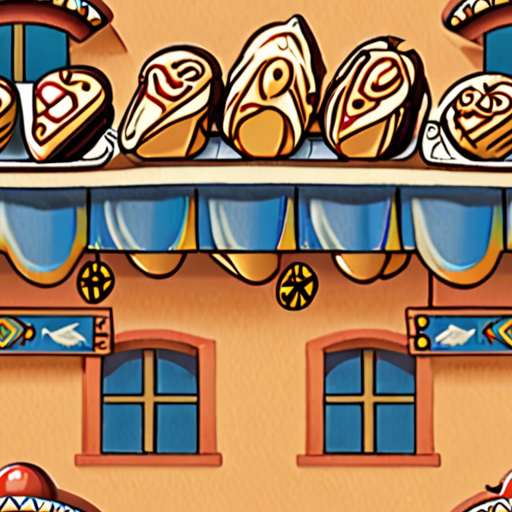
The Most Famous Bread in Mexico
In Mexico, there are numerous types of delicious bread, but one stands out as the most popular and iconic: Conchita.
- Conchita is a semispherical-shaped bread covered in icing sugar frosting and butter, available in white or chocolate-colored varieties.
- This sweet treat is a staple in Mexican bakeries and households, often enjoyed as a snack or dessert.
- Its unique appearance and taste have made Conchita a beloved favorite among locals and tourists alike.
As a proud advocate of authentic Mexican flavors, I’m excited to share my knowledge with you about this incredible bread.
A Brief History of Conchita
While its exact origins are unclear, Conchita is believed to have been inspired by European pastries brought to Mexico during colonial times.
- Over time, local bakers adapted these foreign influences to create a distinctively Mexican confection.
- Conchita’s popularity grew rapidly, becoming a symbol of Mexican culture and tradition.
- Today, it remains a cherished part of Mexican heritage, enjoyed by people of all ages and backgrounds.
Other Popular Types of Mexican Bread
Mexico boasts a rich variety of breads, each with its own unique characteristics and flavors.
- Pan Francés: A crusty French-style bread perfect for sandwiches or toast.
- Bolillo: A soft, fluffy bread commonly used for making tortas (Mexican sandwiches).
- Cemita: A type of bread originating from Puebla, known for its distinctive sesame seeds and soft texture.
Conclusion
Conchita may be the most famous bread in Mexico, but it’s just one example of the country’s incredible diversity of baked goods.
Whether you’re a seasoned foodie or simply looking to try something new, Mexican bread is sure to delight your senses and leave you wanting more.
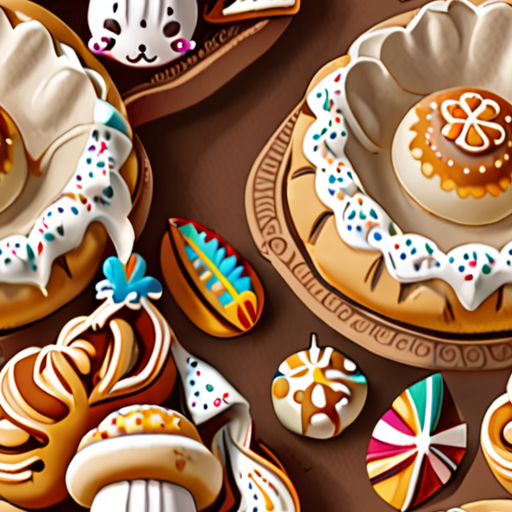
Why Is Mexican Bread So Sweet?
Mexican bread, known as pan dulce, has been a staple in Mexican cuisine for centuries. Its sweetness can be attributed to various factors, including the type of ingredients used and the cultural influences that have shaped its preparation.
- Corn flour, a primary ingredient in many Mexican breads, contains a natural sweetness due to its high starch content.
- Piloncillo, a type of raw sugar cane, adds a rich, caramel-like flavor to many Mexican desserts, including breads.
- Chocolate, often used in Mexican sweets, contributes to the overall sweetness of certain breads.
- Native fruits such as pineapple and guava, commonly used in Mexican desserts, add natural sweetness to some breads.
The combination of these ingredients, along with the use of vanilla and other spices, creates the distinctive sweetness found in many Mexican breads.
A Brief History of Mexican Bread
Mexican bread has a long history dating back to the Aztecs and Mayans, who used corn flour to make various types of bread.
- The Spanish conquest introduced new ingredients and techniques, which further influenced the development of Mexican bread.
- Overtime, Mexican bread became sweeter, reflecting the country’s growing influence from European and indigenous cultures.
Tips for Making Authentic Mexican Bread
To make authentic Mexican bread, consider the following tips:
- Use high-quality ingredients, including fresh corn flour and real vanilla extract.
- Experiment with different types of sugar, such as piloncillo, to achieve the desired level of sweetness.
- Add a touch of spice, such as cinnamon or nutmeg, to give your bread a unique flavor.
By incorporating these tips into your baking routine, you’ll be able to create delicious, authentic Mexican bread that showcases the country’s rich culinary heritage.
Why Are My Conchas Dry?
There could be several reasons why your conchas are turning out dry, and we’re here to help you identify the possible causes and solutions.
Causes of Dry Conchas
- Overmixing the dough: Overmixing can cause the gluten in the flour to develop, leading to a dense and dry texture.
- Insufficient liquid: Not adding enough liquid to the dough can result in a dry and crumbly concha.
- Incorrect oven temperature: Baking the conchas at too high a temperature can cause them to dry out quickly.
- Too much flour or powdered sugar: Adding too much flour or powdered sugar can cause the concha topping to become too crumbly or dry.
- Old or low-quality ingredients: Using old or low-quality ingredients can affect the texture and flavor of the conchas.
Solutions to Prevent Dry Conchas
- Use a digital thermometer to ensure the oven temperature is correct.
- Add the right amount of liquid to the dough, and mix it just until the ingredients come together.
- Don’t overbake the conchas – check them frequently during the last 10 minutes of baking.
- Use fresh and high-quality ingredients, and store them properly to maintain their freshness.
- Experiment with different types of flour and leavening agents to find the combination that works best for you.
Tips for Achieving the Perfect Concha Texture
- Use a combination of all-purpose flour and bread flour for a tender and chewy texture.
- Add a little extra fat, such as butter or oil, to the dough to keep it moist and tender.
- Let the dough rest for a longer period of time to allow the yeast to ferment and the gluten to relax.
- Brush the conchas with egg wash before baking to give them a golden brown color and a soft sheen.
- Store the conchas in an airtight container to keep them fresh for a longer period of time.
Common Mistakes to Avoid
- Not letting the dough rest long enough before shaping and baking.
- Overworking the dough, which can lead to a tough and dense texture.
- Baking the conchas at too high a temperature, which can cause them to dry out quickly.
- Not brushing the conchas with egg wash before baking, which can leave them looking dull and dry.
- Storing the conchas in a humid environment, which can cause them to become soggy and stale.
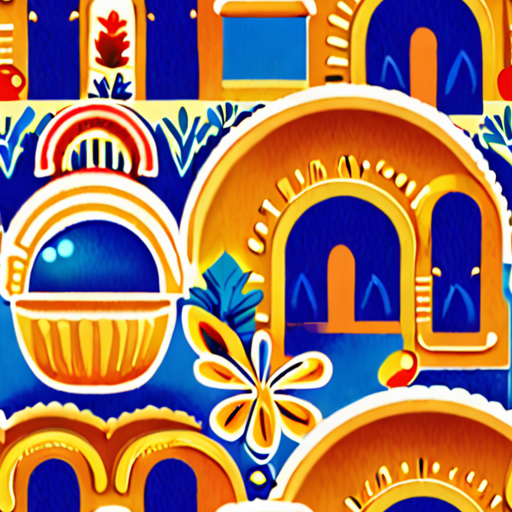
The Best Mexican Sweet Breads
As a lover of authentic Mexican flavors, I’m excited to share my top picks for the best Mexican sweet breads.
- Pan de Muerto : A classic Mexican sweet bread traditionally baked during the Day of the Dead celebrations, Pan de Muerto is a must-try for anyone looking to indulge in the rich flavors of Mexico.
- Cuernos de Vaca : These cow-shaped pastries are a staple in many Mexican bakeries and are perfect for snacking on the go.
- Bocadillo de Queso : A cheese-filled pastry that’s both savory and sweet, Bocadillo de Queso is a crowd-pleaser that’s sure to satisfy any craving.
- Concha : A sweet bread topped with a crispy sugar crust, Concha is a popular treat in Mexico that’s easy to make and fun to eat.
- Empanadas : While often associated with savory fillings, Empanadas can also be filled with sweet ingredients like fruit or chocolate for a delicious dessert option.
In addition to these top picks, there are many other delicious Mexican sweet breads worth trying, including Rosca de Reyes, Bolillo, and Pan Francés.
Tips for Making the Perfect Mexican Sweet Bread
- Use high-quality ingredients, including real butter and pure vanilla extract.
- Don’t overmix the dough – this can lead to tough, dense bread.
- Let the bread rise for at least an hour to allow the yeast to activate and the dough to develop flavor.
- Brush the bread with egg wash before baking for a golden brown finish.
Conclusion
With these tips and recommendations, you’re well on your way to becoming a Mexican sweet bread aficionado. Whether you’re a seasoned baker or just starting out, experimenting with different types of Mexican sweet breads is a great way to explore the rich flavors and traditions of this beautiful country.
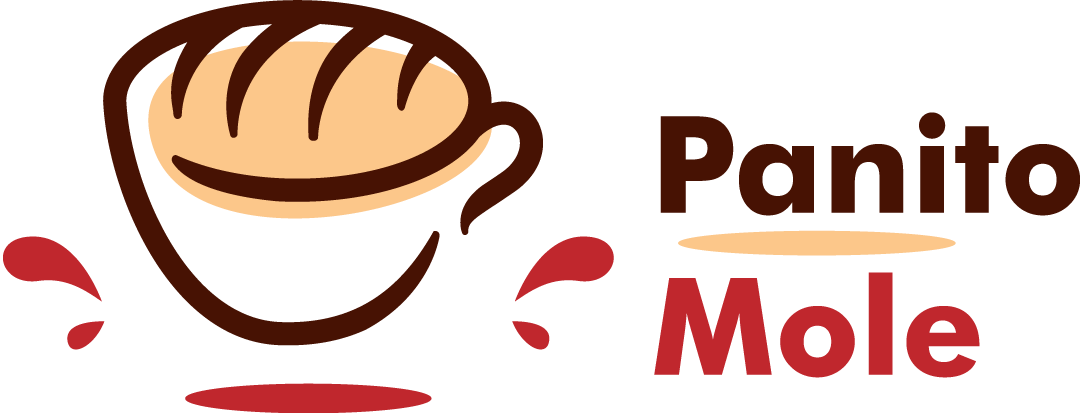
0 Comments